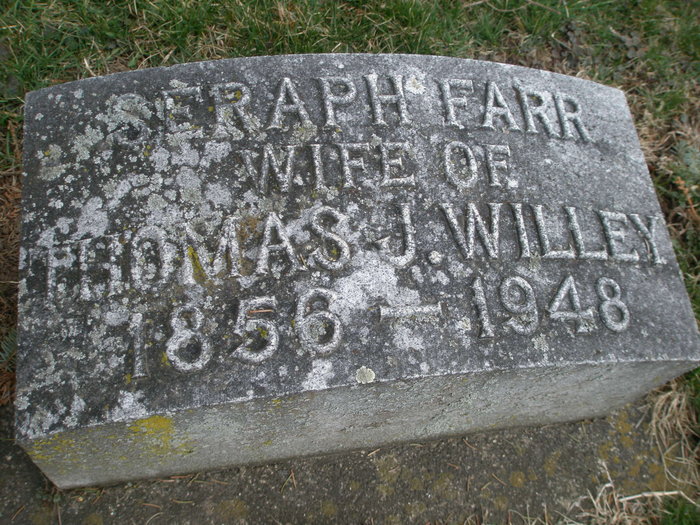 |
Morrill Newton FARR [Parents] [scrapbook] was born 1, 2, 3 on 17 Jun 1885 in Ogden, Weber, Utah, United States. He was christened on 5 Nov 1885 in Ogden, Weber, Utah, United States. He died 4 on 24 Nov 1949 in Los Angeles, Los Angeles, California, United States. He was buried in 1949 in Jackson, Oregon, United States. Morrill married 5 Jean SPENCER on 23 Jun 1909 in Salt Lake City, Salt Lake, Utah, United States. The marriage ended in divorce.
Morrill resided 6 in 1900 in Ogden, Weber, Utah, United States. He resided 7 on 28 Apr 1910 in Salt Lake City, Salt Lake, Utah, United States.
M.N. Farr as he was known was very strong and enjoyed the out of doors, fishing and hunting. Once when car slid off of bridge he lifted it back up. He quit school about the 8th grade to work delivering ice as his family was not well off. He met Jean Farr at Jenny's near Jackson Hole, Wyoming. He courted her for five years before being married in Salt Lake temple in 1909. He owned a little electric shop until joining Howells Motor Company in 1921. He owned property up weber canyon out of Oakley in Holiday park and there had a cabin built in 1920. The snows of 1921 knocked it down and after urging by his family they rebuilt it in 1921.
The family came to Berkley, California for a couple of years. After moving back to Salt Lake they came to Los Angeles. After working for the Howell Motor Company here he started the Farr Company with his sons, Spencer and Richard in 1937. In the meantime he was divorced from his wife and remarried subsequently. The Farr company specialized in air coolers and filters for trains and planes. He died in 1949 at the age of 65 after suffering from heart problems.
RESIDENCE: Age 14 and listed as a grandson of Lorin Farr.
RESIDENCE: Age 24. Wife Jean.
|








